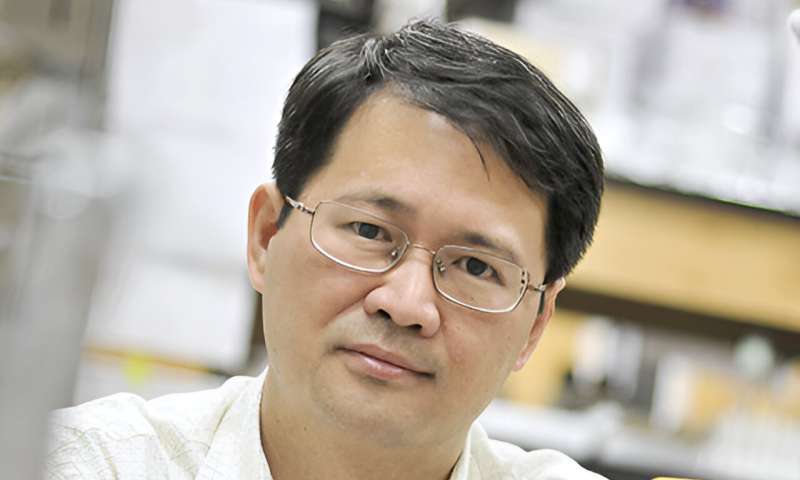For labrum tears, regrowth rather than repair

Tears to the glenoid labrum—cartilage tissue that lines the shoulder where the arm joins—can be repaired with arthroscopic surgery, which significantly weakens the joint and involves a lengthy recovery.
Liping Tang, a bioengineering professor at The University of Texas at Arlington, is developing a new method to repair labrum tears that would enable the body to regenerate tissue to completely reattach the sides of the tear. He recently received a five-year, $2.1 million grant from the National Institutes of Health's National Institute of Arthritis and Musculoskeletal and Skin Diseases for the research, which would improve the current standard of care that relies on sutures that only hold the joint together at a few points.
"We can't stop aging or injuries, but we can make sure that injuries can heal faster and have a better functional recovery," Tang said. "Many times, surgery repairs damage without a guarantee of return of function. The return of function is what we're emphasizing."
When the body suffers an injury, it releases biochemicals to alert surrounding cells to the problem. In response, progenitor cells attach to the injury site and begin repairing it. The glenoid labrum, which functions as a cushion between the bones in the shoulder, is inaccessible to progenitor cells that could reach the damaged area and begin to heal it.
Often, labrum tears occur in baseball players who put stress on their shoulders through throwing, and the injury frequently ends a player's season due to the extended recovery time. Even after recovery, the joint is never as strong as it was prior to the injury.
To repair a labrum tear, surgeons rely on suture anchors to pull the sides together at various points along the tear. With Tang's method, a doctor would inject an adhesive along the tear that forms a scaffold, which attaches to the cartilage and attracts progenitor cells that actually regrow the labral tissue and completely repair the tear. This would make the repair stronger and decrease recovery time.
The new method could also be used for hip replacement surgery in older adults, providing a safer, stronger alternative to traditional methods.
"Because this method causes the body to regenerate itself rather than relying on suture points that may not last, we feel that there is a greater chance for patients to fully recover strength and functionality, helping anyone from athletes to the elderly," Tang said.
Provided by University of Texas at Arlington